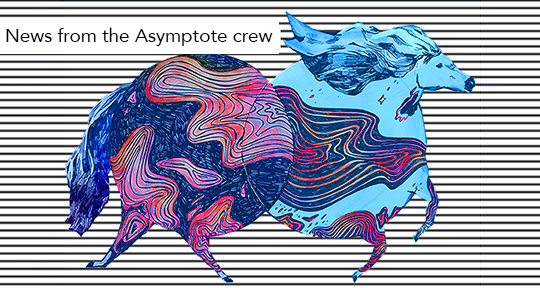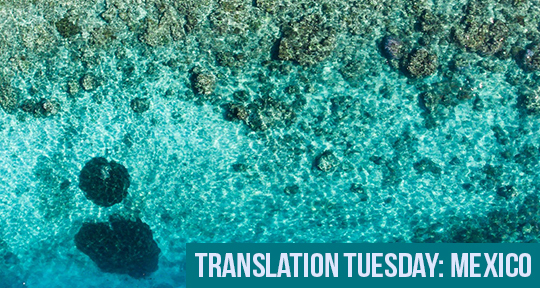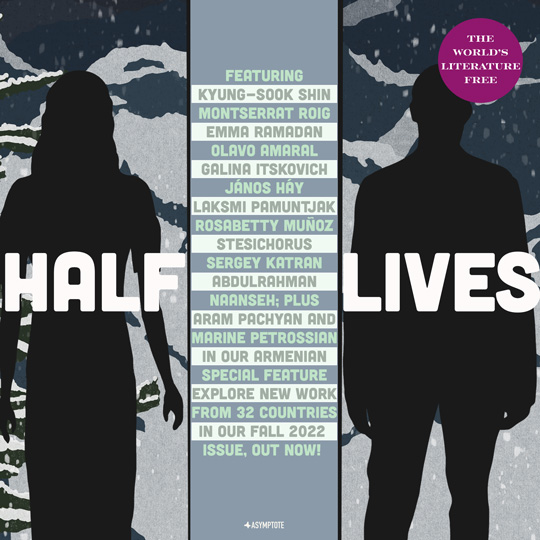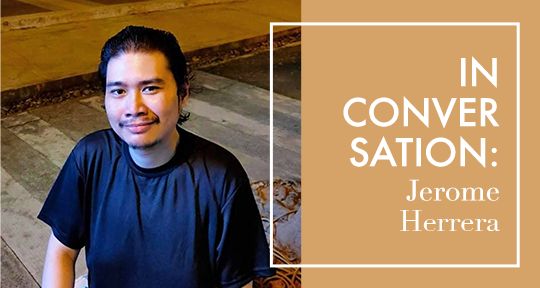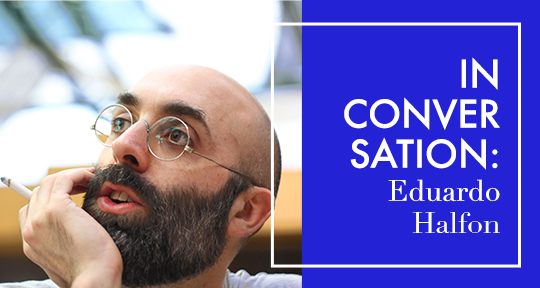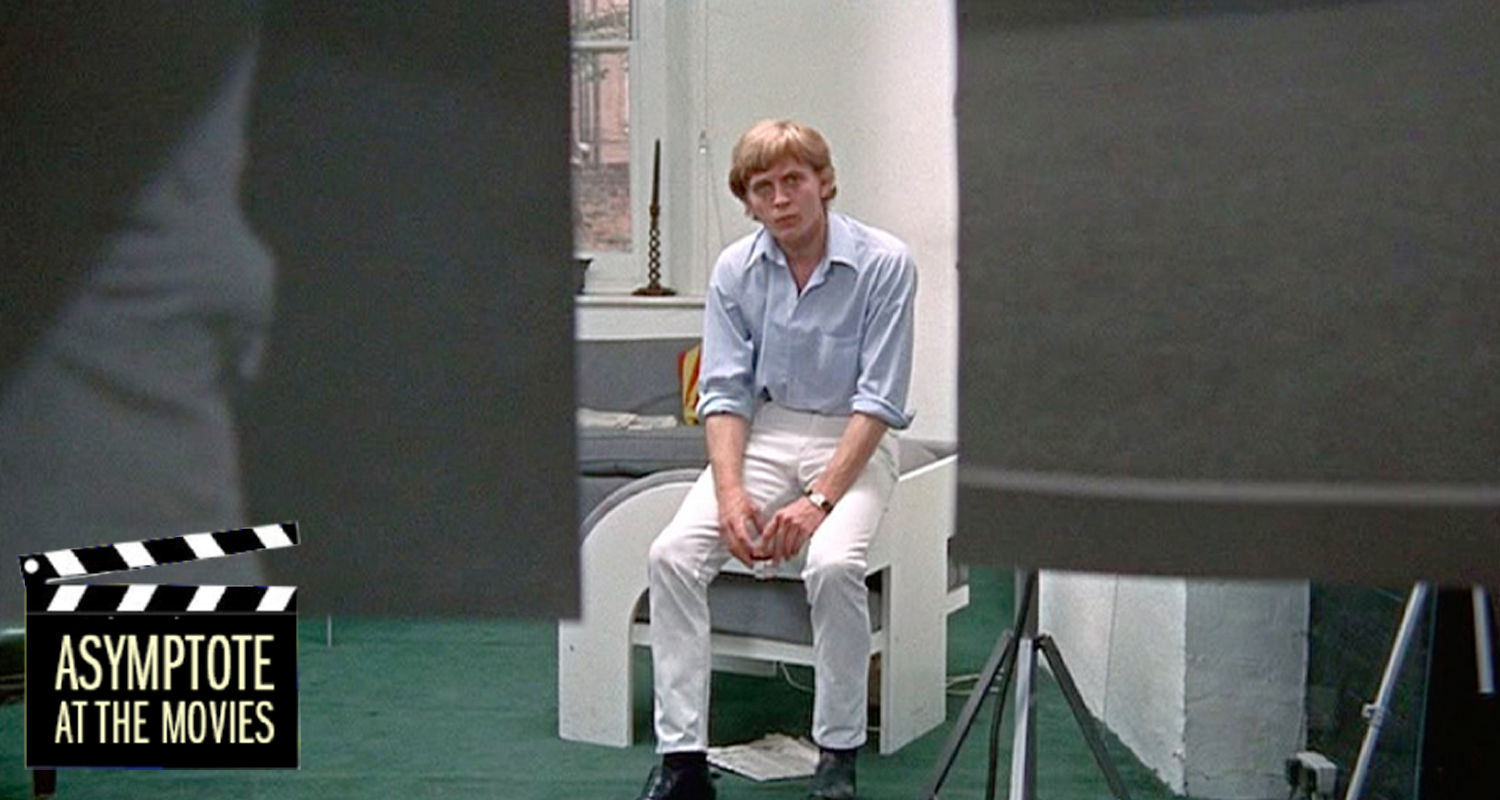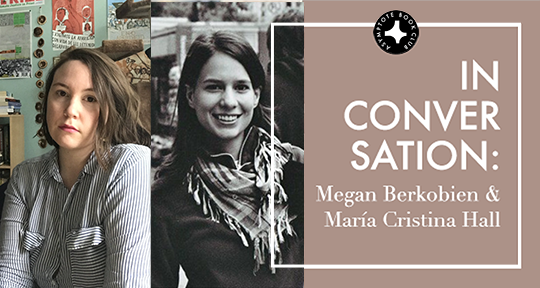This week on Asymptote, we’re your eyes and ears for updates on award seasons, special national literature features, and postcolonial discourse and strategy. Polish literature is soaring at a high after celebrated adaptations and translations are introducing new readers to long-loved works. From Hong Kong, the national security law once again catalyses questions in its suppression of writing, even as local writers are seeing much love abroad. in Puerto Rico, writers are questioning US-backed funding and its entrapments. Read on to find out more.
Julia Sherwood, Editor-at-Large, reporting for Poland
Autumn is Poland’s award season, and this year saw the prizes go to a variety of genres. For the first time since 2009, NIKE, Poland’s most prestigious literary prize, went to a book of poetry: Jerzy Jarniewicz’s “erotically daring” collection Mondo Cane. Edward Pasewicz, whose novel Pulverkopf was also shortlisted, took home the coveted Angelus Prize for literature from Central Europe—only the second Polish book to win the accolade in the award’s twelve-year history. The Readers’ Angelus Prize went to Czech writer Jaroslav Rudiš for his novel Winterbergs letzte Reise, written in German and translated into Polish by Małgorzata Gralińska, and his publisher Książkowe klimaty scored another success with Bartosz Sadulski’s “literary fable and anti-historical reportage” Rzeszot, garnering the Kościelskich Prize.
Polish literature has enjoyed something of a boom in English, placing second in a recent survey conducted by The Bookseller, which is based on Nielsen BookScan data for the fifty-two weeks since April 16, 2022. The results show that in this period, translated fiction accounted for 11.4% of total fiction revenue, proving that we have moved even further from the proverbial 3%. Broken down into languages, 60% of the translations were from Japanese—unsurprising given that 99.7% of the total revenue was generated by manga. The next language, French, trailed at 6.1%, and Polish came in at third with 4.6%, beating translations from Italian, German, Spanish, Swedish, Russian, and Norwegian. Much of this success appears to be linked to Andrzej Sapkowski’s blockbuster fantasy The Witcher, which has filled the Game of Thrones-shaped hole on Netflix; the first two volumes of the eight-part saga were translated by Danusia Stok and the remainder by David French, who went on to translate his Hussite Trilogy. Olga Tokarczuk’s Nobel Prize has also contributed to this success, as has the fact that Polish literature was the market focus at the 2017 London Book Fair.
Here’s hoping that this interest will extend to a slew of recent translations from the Polish. According to Her, “a book-length interview with the Mother of God” by Maciej Hen (recently interviewed on the Asymptote blog by fellow writer Wioletta Greg), was published by Holland House in Anna Blasiak’s translation on November 3. On the same day, Penguin Books released Anna Zaranko’s long-awaited translation of The Peasants, one of Poland’s most famous twentieth-century epics by the 1924 Nobel Prize winner Władysław Reymont. In What We Leave Behind: A Birdwatcher’s Dispatches from the Waste Catastrophe, translated by Zosia Krasodomska-Jones and published by MacLehose Press on October 13, ornithologist and writer Stanisław Łubieński shows how consumer society has spun out of control, leading to the point of environmental catastrophe. Finally, Vine Editions, a new non-profit publisher based in Detroit with a focus on world literature, is about to bring out its first title, Piotr Paziński’s Bird Streets (Ptasie ulice) translated by Ursula Phillips. READ MORE…


